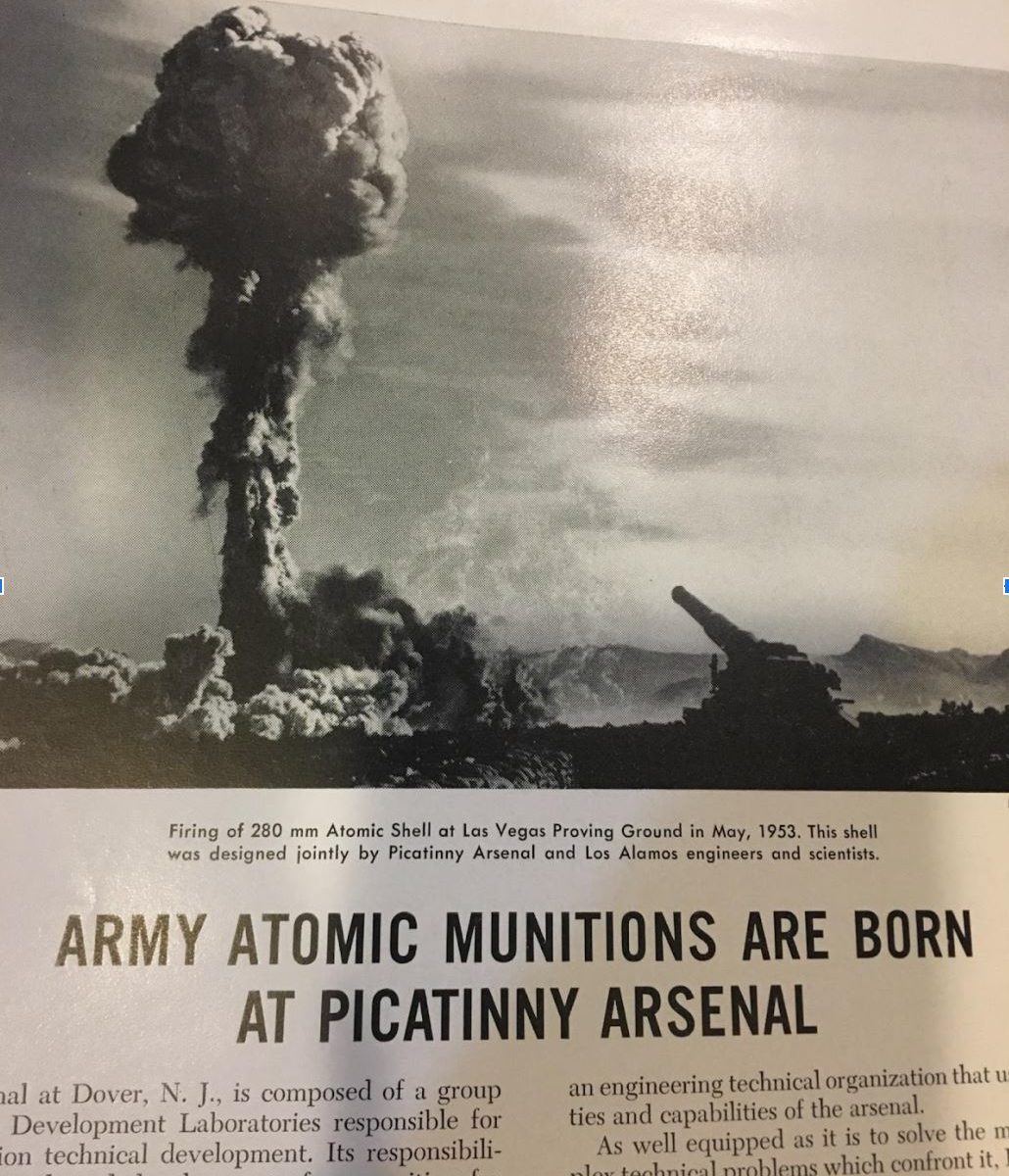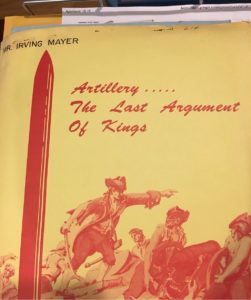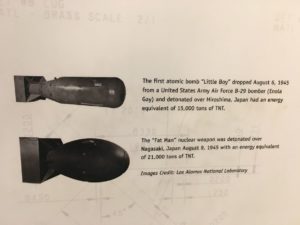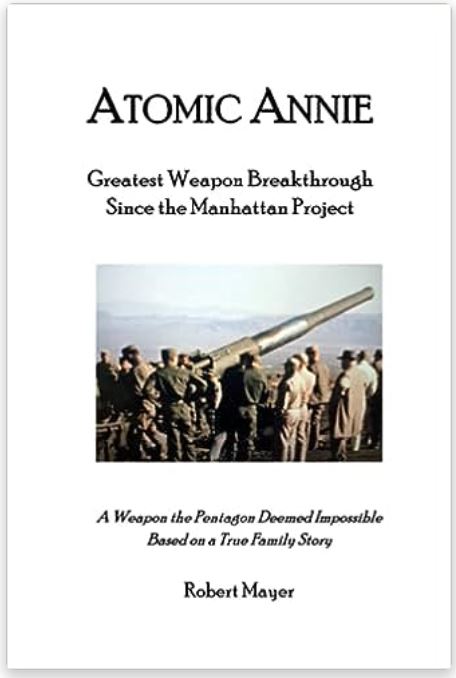As noted in previous writing, during the period of the Cold War when deterrence by amassing more nuclear weapons than the Soviets was the goal, the critical question in addition to “who has more” was “who can hit the target fastest? This was a time before long range Intercontinental Ballistic Missiles (ICBMs), and time to deploy and fire was an important factor.
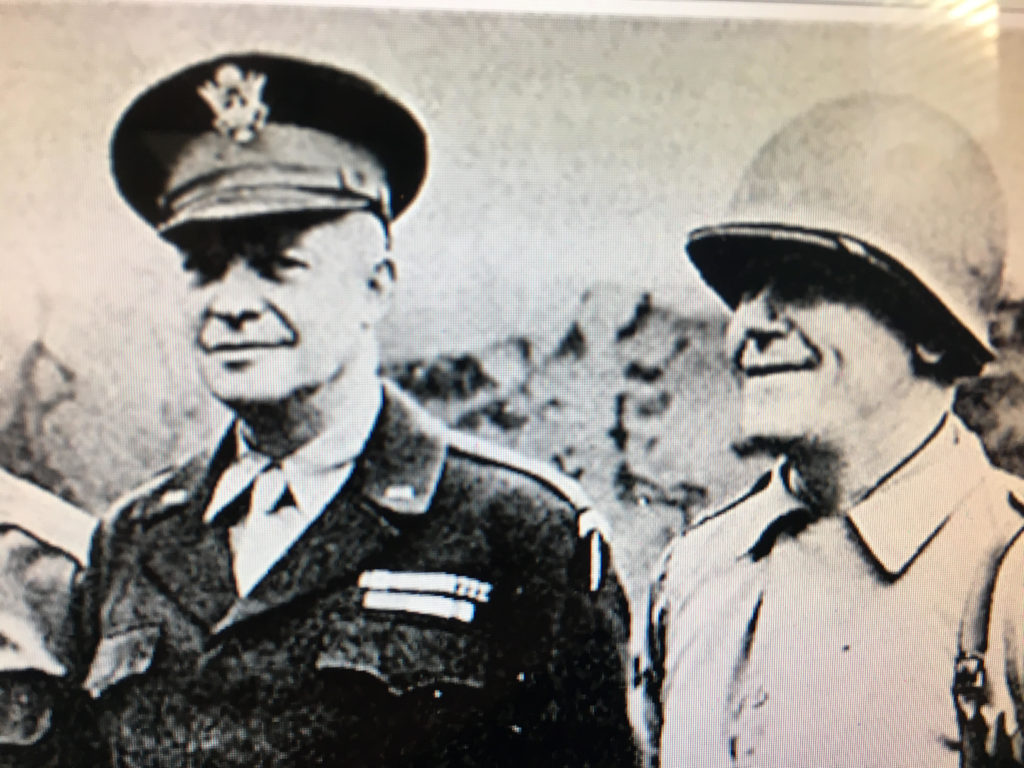
Especially worrisome to President Eisenhower and his Army Joint Chief of Staff, General Joe “Lightning Joe” Collins was the deployment of 200,000+ Soviet infantry on the line dividing East and West Germany. It was said that in the area of the Fulda Gap German and US troops could see each other through the flimsy barbed wire fence that divided the country in half. The Fulda Gap, a flat plain between mountain ranges, was the area identified by the US military as most likely to stage a Soviet invasion of West Germany.
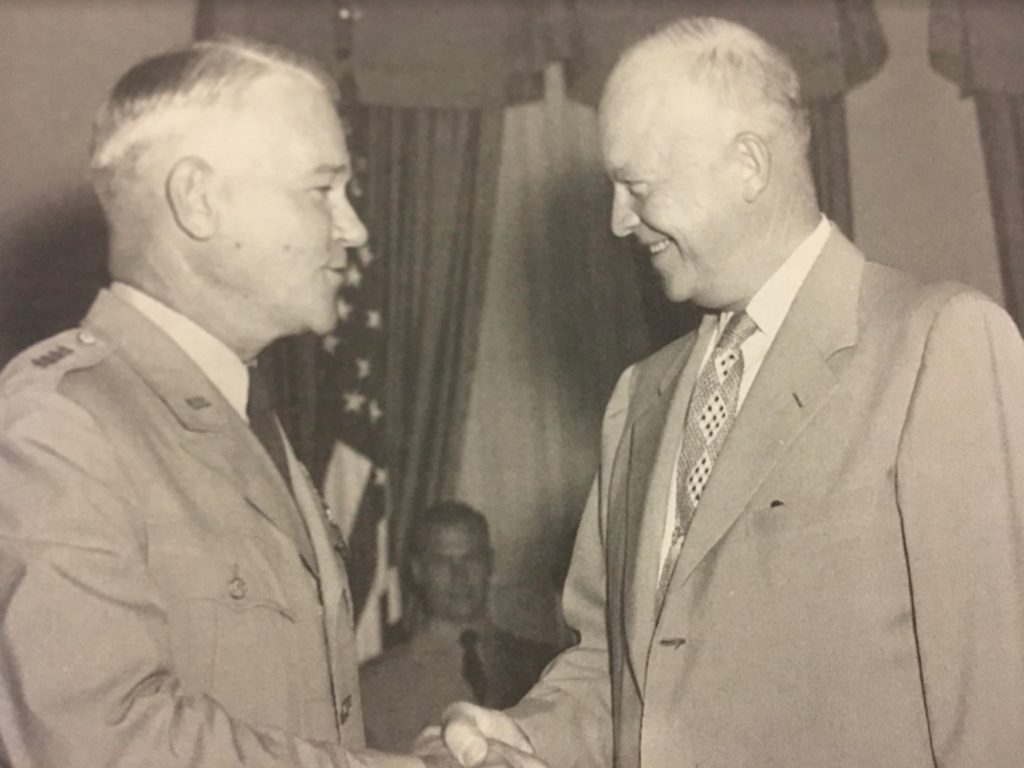
With the onset of the Korean War in 1950 and our belief it might be a Soviet decoy-war so they could invade West Germany. In 1950, President Truman recalled 5-star General Eisenhower to military duty and made him the Supreme Commander of NATO forces in Europe. Ike immediately deployed the US Army 3rd Infantry Division to the frontlines at the Fulda Gap to replace the green UN forces that were there. This was a message to Stalin the WWIIs most renowned and famous General was ready for any Soviet Army advance.

On the weapons front in the early 1950s, development and testing of atomic artillery was being heavily funded to get these precision nukes to our front line troops. Top Secret documents of Army JCS General Collins showed time to target was considered best, 3 hours, with an atomic cannon and worst with an aircraft bomber(10 hours). The Honest John Rocket was also fast at 4 hours but early versions had liquid fuel rockets that took a while to fill with fuel and risked explosion during filling. Both Corporal and Redstone missiles, or guided rockets, were being developed but hadn’t tested up to needed specifications.
The Uranium in the early atomic shells reached criticality by a “gun style” mechanism, that is an internal explosion in the warhead shot a small mass of uranium-235, shaped like a ball, into a donut shaped ring of Uranium-235. Together inside an 800 pound, 4,5’ long, warhead (the donut and the inserted “donut ball” achieved critical mass and exploded with the force of the 10,000 Fat Man that we dropped on Hiroshima in 1945.
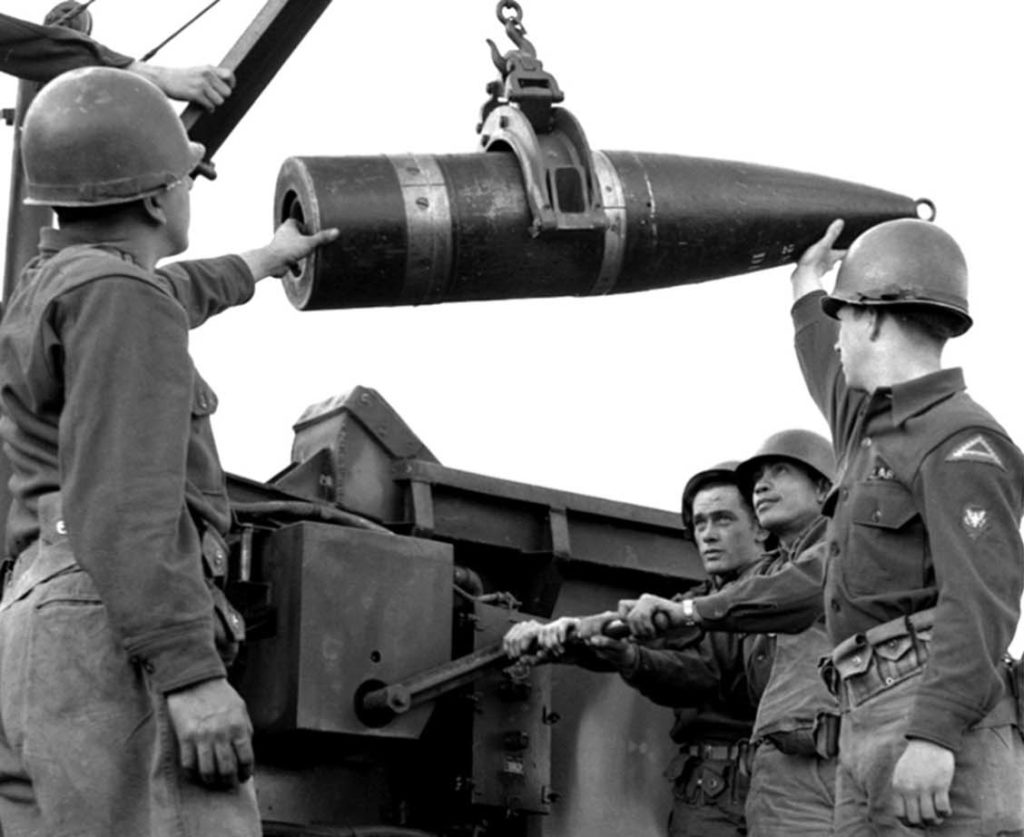
These warheads, developed in 1950-1955 were named W7 and W9 warheads and were used on the earliest nuclear-capable artillery: Atomic Cannon, Corporal Missile and Honest John Rocket.


